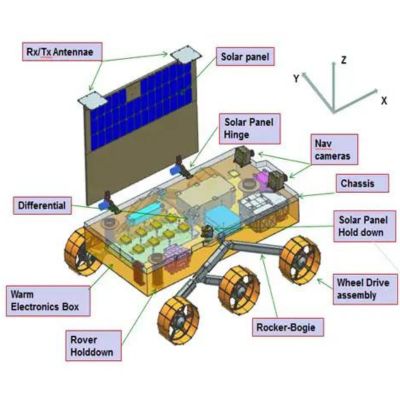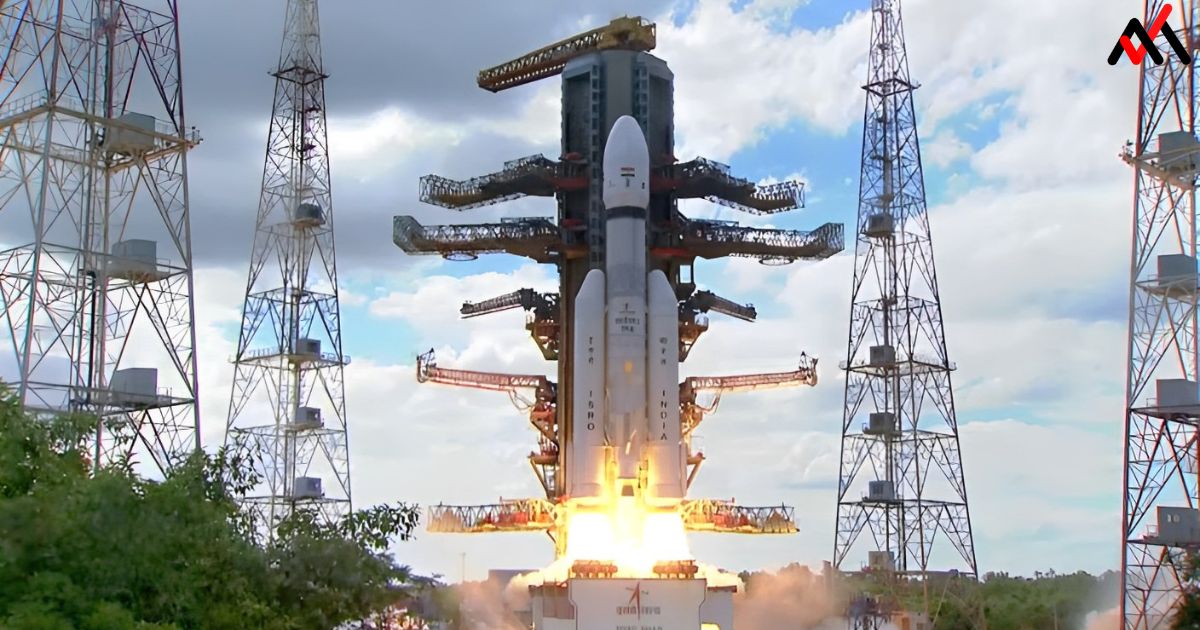Sriharikota, India – In a momentous achievement for the Indian Space Research Organisation (ISRO), the Chandrayaan-3 mission was successfully launched today from the Satish Dhawan Space Centre in Sriharikota. This lunar exploration mission, ISRO’s third in the series, aims to demonstrate India’s end-to-end capability in safe landing and roving on the lunar surface.
Chandrayaan-3, equipped with a lander, a rover, and a propulsion module, follows in the footsteps of its predecessor, Chandrayaan-2. However, unlike its predecessor, Chandrayaan-3 does not feature an orbiter. Instead, the propulsion module behaves as a communication relay satellite.
The mission commenced with the launch of the LVM3 (Launch Vehicle Mark 3) carrying Chandrayaan-3 from SDSC SHAR, Sriharikota. The propulsion module will transport the lander and rover configuration to a lunar orbit approximately 100 kilometers above the surface. Notably, the propulsion module also carries the Spectropolarimetry of the Habitable Planet Earth (SHAPE) payload, which will enable the study of spectral and polarimetric measurements of Earth from the lunar orbit.
The lander of Chandrayaan-3 is equipped with several scientific payloads, including Chandra’s Surface Thermophysical Experiment (ChaSTE), which will measure thermal conductivity and temperature. Additionally, the Instrument for Lunar Seismic Activity (ILSA) will assess seismic activity around the landing site, while the Langmuir Probe (LP) will estimate plasma density and its variations. Accommodated for lunar laser ranging studies is a passive Laser Retroreflector Array provided by NASA.

The rover component of Chandrayaan-3 carries the Alpha Particle X-ray Spectrometer (APXS) and Laser Induced Breakdown Spectroscope (LIBS). These instruments will derive the elemental composition of the lunar surface in the vicinity of the landing site.
Chandrayaan-3’s primary objectives are to demonstrate a safe and soft landing on the lunar surface, showcase rover mobility on the moon, and conduct in-situ scientific experiments. To achieve these objectives, the mission incorporates various advanced technologies.
The lander module includes laser and RF-based altimeters, laser Doppler velocimeters, inertial measurement systems utilizing laser gyro and accelerometer packages, throttleable liquid engines, attitude thrusters, throttleable engine control electronics, navigation, guidance, and control (NGC) systems for powered descent trajectory design, hazard detection and avoidance cameras, and a landing leg mechanism.
In preparation for the mission, ISRO conducted rigorous testing of the lander module under Earth-like conditions. Integrated cold tests were performed to demonstrate the performance of sensors and navigation using a helicopter as a test platform.
Additionally, integrated hot tests were conducted to assess closed-loop performance with sensors, actuators, and NGC using a tower crane as a test platform. Furthermore, lander leg mechanism performance tests were carried out on a lunar simulant test bed, simulating different touchdown conditions.
The successful launch of Chandrayaan-3 marks another milestone in India’s space exploration endeavors. ISRO continues to push boundaries and explore new frontiers, cementing India’s position as a significant player in the global space community. As Chandrayaan-3 embarks on its lunar journey, the nation eagerly anticipates the groundbreaking discoveries and technological advancements that lie ahead.


